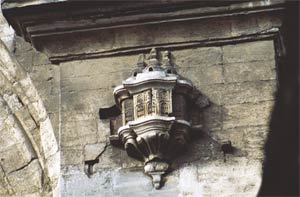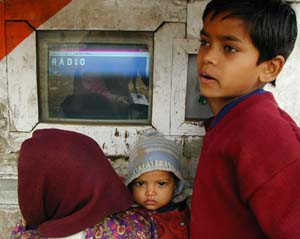
Link to birdhouses built into buildings by Ottoman Empire architects during the 16th-18th century.
http://www.turkishculture.org/architecture/birdhouses.html
http://www.kulturturizm.gov.tr/portal/tarih_en.asp?belgeno=3990
Folks might be interested in seeing how different cultures throughout history construct different relationships with non-human nature.Constructing these additions required that the architects think outside their own experience, imagining what a bird might desire including "runways for landing and take-off, and even balconies where the birds can venture out and survey their surroundings." Although the ornate decoration reflects the convention for human architecture of the time it seems that it was meant as a gesture of respect for the importance of birds within Turkish culture.
I liked this poem from the site:
Mehmet Zaman Sacliolus poem, Bird Houses;
The outer walls of houses should be bird houses
That take wing when children laugh.
Even if its winter outside,
The summer sun should rise inside the walls
And happiness will also warm the birds.

